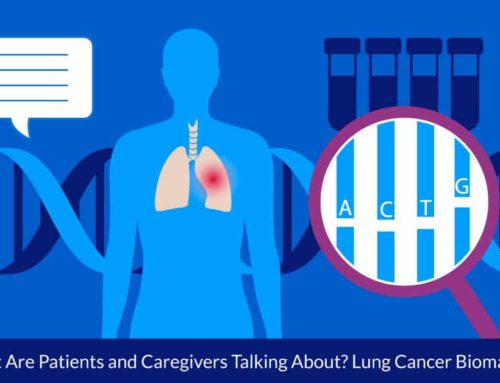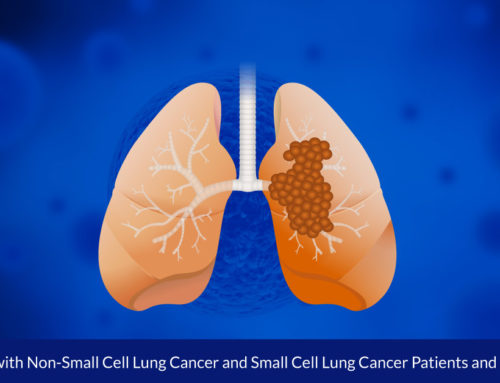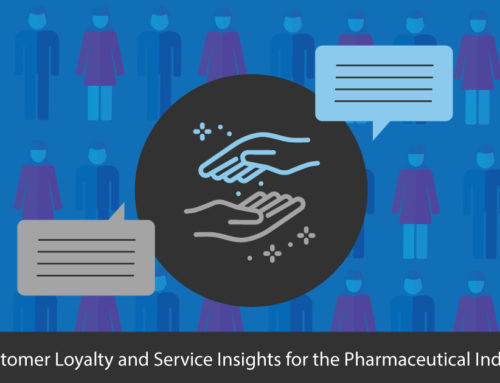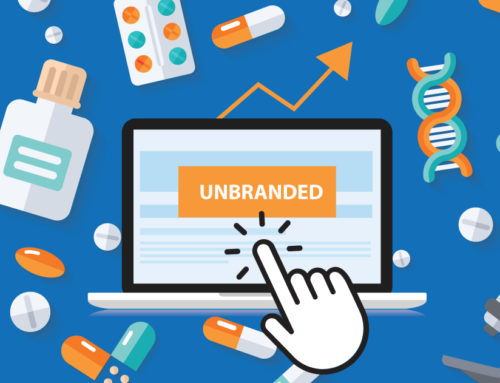Patient-Centricity, Health Literacy and Pharma
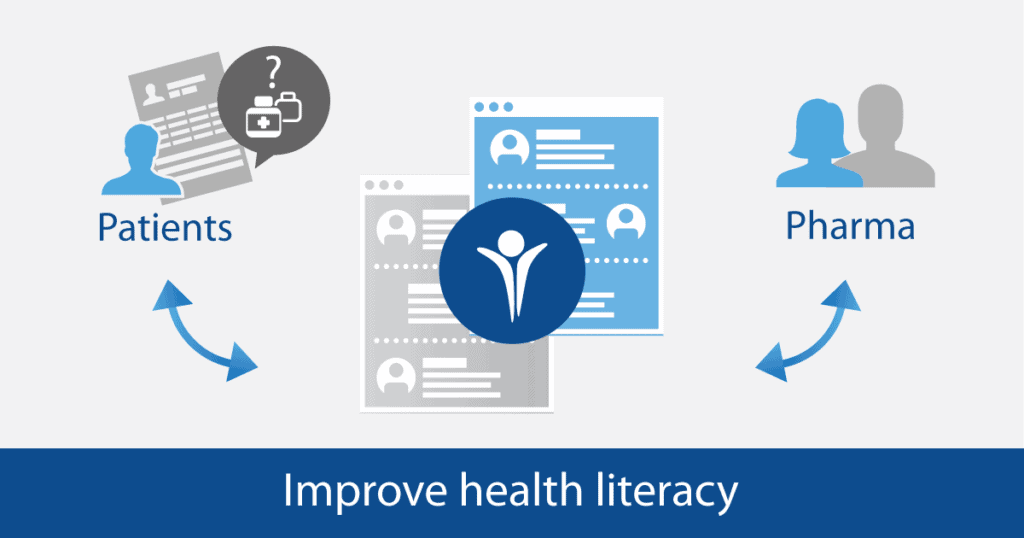
According to an IBM white paper, “Patient-centric models put the needs of the patient first, but require greater patient responsibility and accountability.”1
This is a challenge. Making the best possible decisions about one’s health requires a set of skills and resources that about 90 million people – nearly half the US adult population – lack.2
What is health literacy?
Health literacy is “the degree to which individuals have the capacity to obtain, process, and understand basic health information and services needed to make appropriate health decisions,”3 which is a simple way to describe a daunting set of skills.
This skill set includes active listening, effectively articulating health concerns and experienced symptoms, apt decision-making and analytical abilities, the ability to find and review health information and assess its quality, along with mathematics and judging risk, as well as a basic understanding of one’s health condition(s).
Health literacy can change depending on the situation. In emotional and tense moments, receiving a diagnosis with a poor prognosis, for example, people lose their ability to understand or hear essential information. As their attention narrows, focusing on disturbing news, less energy is available for peripheral information like treatment plans.4, 5
And even under optimal circumstances, people leave the physician’s office with only about 50% of the information that has been provided to them.6
Despite advances made in healthcare, especially by the pharmaceutical industry, poor health literacy leads to poor health outcomes. Poor health literacy directly impacts the prescription process, from getting prescriptions filled, or refilled, to actually taking medications as prescribed.7
Moreover, poor health literacy interferes with direct-to-consumer advertising (DTCA). One study showed that, among 170 older adults, those with lower health literacy evaluated DTCA as lower in educational value compared to those with higher health literacy.8 Research shows that patients who are engaged with DTCA are more likely to discuss the advertised medication with their physicians than those that are not.9 Understanding the varying levels of health literacy, accounting for these differences, and instituting specific efforts to improve it, may increase both patient engagement with DTCA and desirable treatment outcomes.
Where can change occur?
If the pharmaceutical industry depends solely on Medication Guides – those dense, FDA-regulated, written patient information booklets distributed alongside prescription medications – to communicate with patients, improvements in health literacy will remain slow. One study analyzing 185 such guides showed people found them difficult to read and understand;10 yet, when those same guides were published in a new format – tables, for example – comprehension improved. 11
Patient-centric interventions like this can help. The recent collaboration between Merck, Northwestern University and Emory University to improve Patient Package Inserts (PPIs) is a good example. By incorporating patient feedback through multiple focus groups and leveraging established best practices in health literacy, PPI comprehension by those with poor to adequate health literacy improved to over 85%.12
Understanding health literacy across the patient journey is achievable through health-focused social networks. Testing educational and marketing materials for their usability, suitability, readability and comprehension are the requisite first steps to better health outcomes.
Inspire offers a trusted community to patients and caregivers. Our goal with this blog, this website and our content is to provide the life science industry access to the true, authentic patient voice. In so doing, we support faithful operationalization of patient-centricity. Take a look at our case studies, eBooks and news outlet coverage.
References:
1Patient-centric: the 21st Century prescription for healthcare. (May 2006) Retrieved November 6, 2016, from https://www-03.ibm.com/industries/ca/en/healthcare/files/060516_PatientCentric_Briefing.pdf
2Institute of Medicine (IOM). Crossing the Quality Chasm: A New Health System for the 21st Century. Washington, D.C: National Academy Press, 2001 Retrieved November 6, 2016 from https://www.nationalacademies.org/hmd/~/media/Files/Report%20Files/2001/Crossing-the-Quality-Chasm/Quality%20Chasm%202001%20%20report%20brief.pdf
3Executive Summary. Institute of Medicine. Health Literacy: A Prescription to End Confusion. Washington, DC: The National Academies Press, 2004. Retrieved November 6, 2016 from doi:10.17226/10883.
4http://ascopubs.org/doi/full/10.1200/JCO.2007.15.2322
5http://www.ncbi.nlm.nih.gov/pmc/articles/PMC539473/
6http://onlinelibrary.wiley.com/doi/10.3322/canjclin.52.3.134/full
7https://www.ncbi.nlm.nih.gov/pmc/articles/PMC3068890/
8http://www.tandfonline.com/doi/abs/10.1080/10810730.2011.604387
9 Huh, J & Becker, L. (2005). Direct-to-consumer prescription drug advertising: Understanding its consequences. International Journal of Advertising, 24(4), 441- 466. Retrieved November 6, 2016 from http://www.tandfonline.com/doi/abs/10.1080/02650487.2005.11072938
10 https://www.ncbi.nlm.nih.gov/pubmed/22566170?dopt=Abstract


